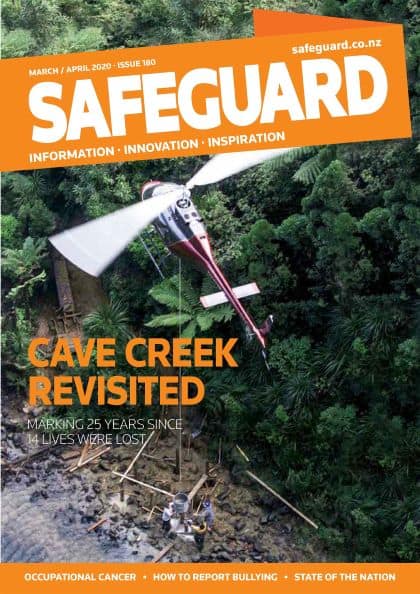While watching Maddocks’ recent webinar on the Right-to-Disconnect for its local council clients, I was reminded of a comment from one of Maddocks’ competitors, Steve Bell, of Herbert Smith Freehills in a seminar earlier this year (paraphrased):
“This is less a right to disconnect as a right to refuse to respond”.
The webinar summarised three contexts for the new Right-to-Disconnect laws – Industrial Relations, Occupational Health and Safety (OHS) and Governance.






 The research study conducted by David Moore and others was focusing on “lifetime leisure music exposure” so workplace noise is mentioned in the report only in passing.
The research study conducted by David Moore and others was focusing on “lifetime leisure music exposure” so workplace noise is mentioned in the report only in passing.